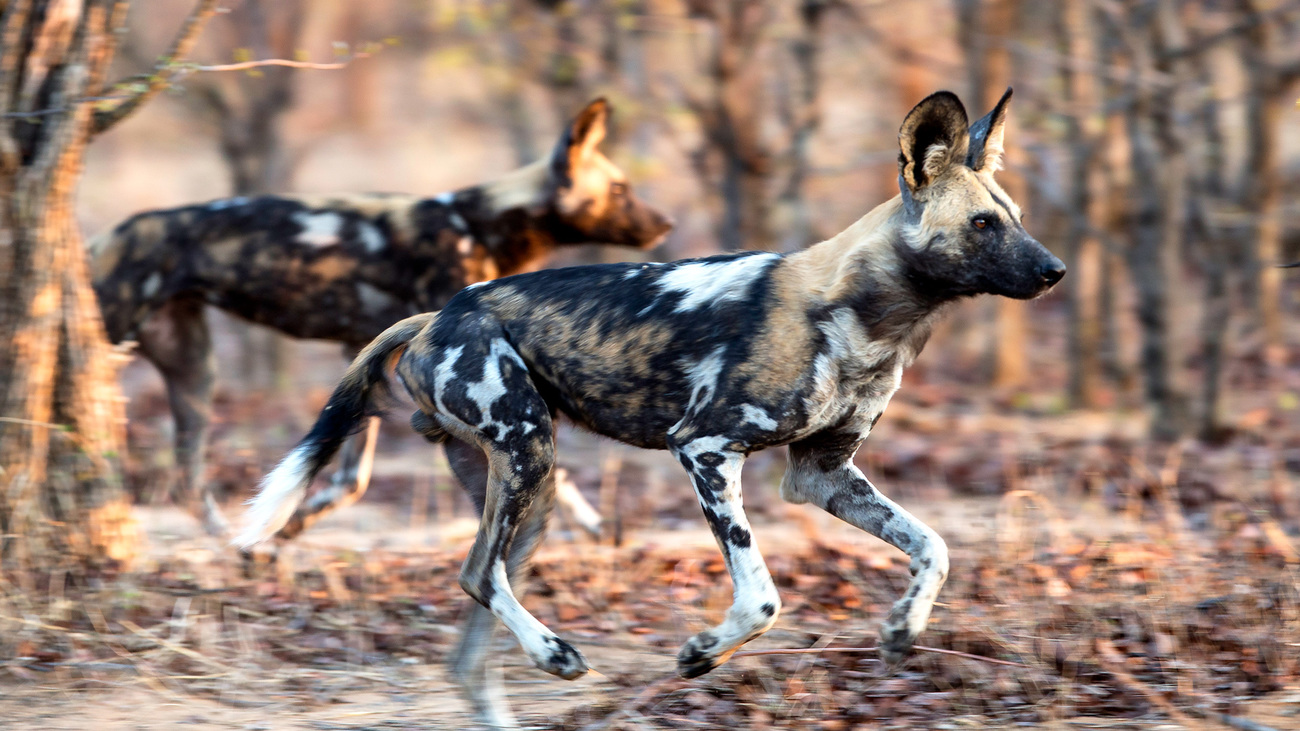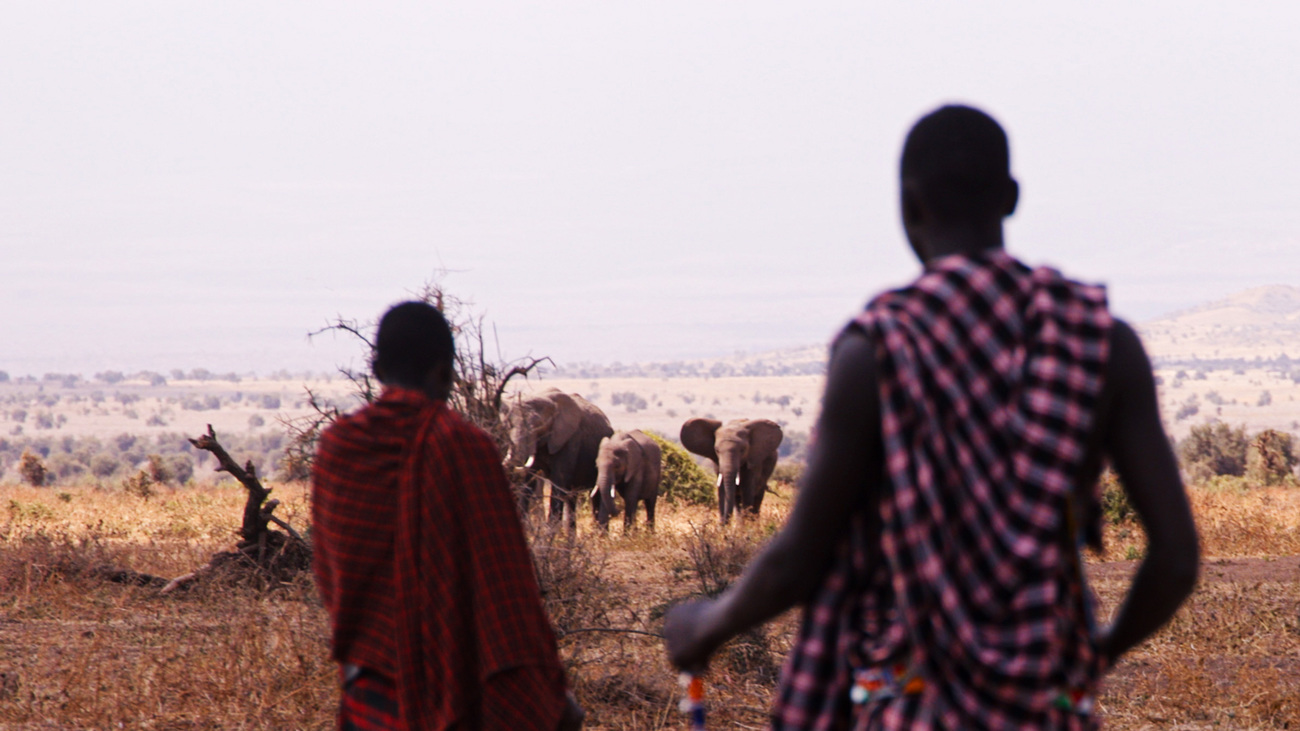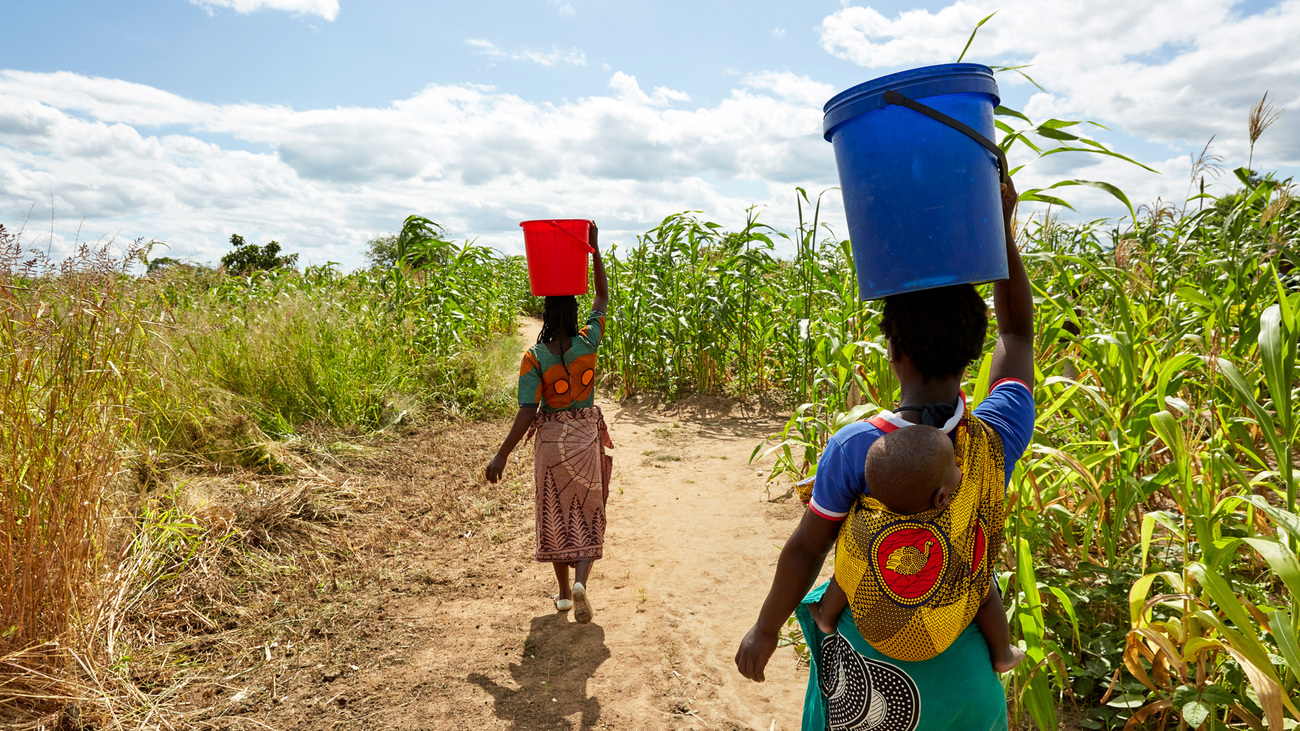Human-wildlife conflict in Africa
Human-wildlife conflict in Africa
As human populations grow and the area needed to sustain human life grows with them, our footprint expands further and further into natural habitats. As a result, interactions between humans and wildlife are becoming increasingly frequent and can sometimes result in conflict. From rural communities grappling with crop-raiding elephants to urban dwellers encountering lions or wild dogs in their neighbourhoods, tension between the needs of humans and wildlife can arise.

Many regions of Africa experience a great deal of human-wildlife conflict, often due to the close proximity of many humans and animals. Let’s take a closer look at what exactly human-wildlife conflict is, how it is becoming a major problem in Africa, and what can be done to help solve this pressing issue.
What is human-wildlife conflict?
The term ‘human-wildlife conflict’, according to the IUCN, refers to the ‘struggles that emerge when the presence or behaviour of wildlife poses an actual or perceived, direct and recurring threat to human interests or needs, leading to disagreements between groups of people and negative impacts on people and/or wildlife’. Such conflict may occur anywhere that human communities overlap with wild animal habitats, including in both urban and rural areas, and in all types of biomes.
It’s estimated that hundreds of humans and thousands of animals die each year as a result of human-wildlife conflict. This is a pressing ecological and conservation issue, with potentially far-reaching ramifications for both people and animals.
Why does human-wildlife conflict happen?
The number one cause of human-wildlife conflict is proximity. As human populations continue to expand, we encroach on the environment around us and further into the habitats of wild animals. This puts humans and animals in closer contact with one another than ever before, drastically increasing the likelihood of conflicts arising and leading to retaliatory killings of animals. In fact, according to the IUCN, human-wildlife conflict is becoming more frequent, widespread, and serious. It is as much a development and humanitarian issue as a conservation issue.
Sometimes, human-wildlife conflict can also result from wildlife populations recovering and growing after previously being on the decline. People living in landscapes that previously did not have as much wildlife may experience new challenges as animal populations expand.
For example, in parts of Africa, as industrial and subsistence agriculture expands into more and more natural landscapes, this can limit the space and resources available to animals like elephants, which need large areas to roam and forage. As a result, elephants may end up trampling or feeding on crops. In turn, this can cause farmers to retaliate against elephants.
Human-wildlife conflict is a direct result of humans and animals interacting with increasing frequency. Some of these conflicts can be harmless and easily resolved, while others can be deadly for all parties.
Looking for ways to limit human-wildlife conflict while still protecting people’s livelihoods and animal habitats should be a priority for conservation efforts across the world. However, to effectively prevent human-wildlife conflict, we first need to understand how it manifests and what it looks like in real terms.
What does human-wildlife conflict look like in Africa?
Human-wildlife conflict can manifest in many ways and for many different reasons. Let’s look at some specific examples to explore how it affects both human and animal populations in Africa.

Direct confrontation
As human populations grow and the areas where they live expand, the chance that we encounter wild animals directly increases, too. For many animals, encountering humans can be a neutral or even positive experience. However, some encounters may put both parties at risk.
Hippos, for example, are highly territorial creatures and are well-known for aggressively protecting their habitats and young. When humans encroach on hippo habitats, there is the potential for violent confrontations between the two species.
This can lead to humans being harmed or injured by these large animals or hippos being killed in self-defence or in retaliatory attacks after they have harmed humans.
Another animal sometimes involved in direct confrontation with humans in Africa is the crocodile. Crocodile attacks can be fatal, and these animals are powerful enough to destroy livelihoods by damaging fishing nets and boats. They instil great fear in people, too, which is enough to motivate retaliatory killings and lethal control measures.
Competition for resources
Human-wildlife conflict as a result of agriculture, often subsistence farming, is one of the most common forms of conflict that we see between humans and animals living in close proximity. Animals are often drawn to farmlands due to the easy access to food that they provide.
Leopards, lions, and African wild dogs have been known to hunt and kill livestock located near their habitats. Although both of these species prefer to hunt wild prey, when food is scarce and habitats are becoming increasingly fragmented, livestock animals provide a convenient source of food. These predators can also pose significant danger to humans.
Competition for water resources also causes human-wildlife conflict in Africa. We all share water sources, and in areas like the Horn of Africa that have experienced severe, ongoing drought, this puts animals and people into conflict while travelling to and acquiring water. The journey to acquire water in rural areas is already dangerous and tedious in many parts of the continent, and when you have to factor in the risks posed by wild animals, too, it only becomes more dangerous.
Retaliation
The killing of livestock by predators leads to retaliatory attacks against the animals, both as revenge and as a way to protect livestock herds. Farmers have also been known to take preventive actions against predator animals, to keep them away from their flocks. These actions are sometimes deadly to wildlife.
Farms cultivating crops are liable to attract herbivore species, like elephants. These animals will enter, trample, and eat farmers’ crops—a process known as crop raiding—often destroying farm equipment and infrastructure in the process.
Baboons are often involved in human-wildlife conflict due to their tendency to forage in farms and prey on sheep and goats. Another primate, the gelada, is also thought of as a major crop pest.
It’s not just crops and livestock at risk—human-elephant conflict poses a high risk for human health and safety. Encounters with elephants can cause injury and become deadly, which is another reason for retaliatory killings.
Human development
Development involves the construction of highways, train tracks, commercial properties, farms, and more. This construction can impede on the habitats of wild animals. Habitat destruction is a serious conservation concern. When habitats are destroyed or fragmented, animals are displaced and forced to look elsewhere for food and living space. In turn, this drastically increases the chances of humans and animals coming into contact with one another and conflict occurring.
In Africa, the expansion of agriculture has caused giraffe habitats to become fragmented and destroyed. Farming pushes them out of the vast landscapes they once roamed. Additionally, without access to their natural food sources, the giraffes will then eat the crops, leading to both preventative and retaliatory attacks on the animals by human farmers.
How IFAW is working to end human-wildlife conflict
IFAW is dedicated to ending human-wildlife conflict, both in Africa and across the world. To that end, we have been working hard with people who live closest to wildlife, conservation experts, and the public to raise awareness and put equitable, sustainable solutions in place. Here’s some of the work we’ve been doing in Africa.

Giving elephants room to roam
Animals need the freedom to move safely between habitats. When these habitats become fragmented, animals are sometimes put in harm’s way. In the African savannah, the fragmentation and destruction of elephant habitats mean that the animals have to move across human-occupied lands. This causes conflict between people and elephant populations, and often leads to harm on both sides.
IFAW’s innovative Room to Roam initiative is helping connect the increasingly fragmented habitats of the over 330,000 elephants in the African savannah. By leveraging decades of scientific research and engaging communities, IFAW has been able to regenerate habitats, restore lost biodiversity, and promote coexistence between humans and elephants.
Installing beehives in Malawi
We all know how important bees are for the health of the planet. However, did you know that they can also help prevent human-wildlife conflict?
African elephants are typically scared of bees. In Malawi, using bees to discourage elephants from crossing into human territory.is encouraged by IFAW. By hanging beehives around villages, a barrier is created that elephants are reluctant to cross, keeping them away from human settlements and communities and offering an alternative source for livelihood income generation through honey production.
Combatting human-wildlife conflict isn’t just about putting short-term fixes in place—it’s also about creating sustainable, long-term solutions that encourage peaceful coexistence.
Building water pumps
Because one major point of human-wildlife conflict is watering holes, providing new water sources to communities is one way to help mitigate conflict. Ensuring that humans and animals have separate water sources to drink from goes a long way. For generations, the Shire River was the only water source for 13 villages in the Chikolongo community in Malawi, which lies on the border of Liwonde National Park. Men, women, and children as young as eight walked through the park to the river’s edge to fetch water or bathe, risking their lives. This is why IFAW, in partnership with Imani Development, established the Chikolongo Livelihood Project. We helped repair and rebuild sections of a four-mile fence between the community and the park and installed a water pump on the river’s edge. Its two tap stations provide water to over 1,400 people.
Protecting cattle with predator-proof bomas
When cows are kept together in a boma—an enclosure traditionally made from wooden poles and branches—they are an easy target for hungry predators like lions. However, when kept behind a sheet of plastic, they are unable to be seen. IFAW has worked with the ZimParks and the Wildlife Conservation Research Unit to promote the use of such predator-proof bomas, a simple yet effective way of preventing human-wildlife conflict.
Community empowerment
Often, human-wildlife conflict arises because communities need to meet their day-to-day needs. Some community members have engaged in illegal snaring and fishing to feed their families.
These actions are not motivated by malice but instead, need. It is not enough to simply ask communities to stop engaging in behaviours that may be damaging to the local wildlife if these behaviours are necessary for their survival. Instead, communities must be empowered to take action through the introduction of sustainable solutions and alternative livelihood options.
We often partner with traditional leaders, holding community awareness meetings to collaborate on how to keep their communities safe from elephants. This also involves discussing the use of non-lethal methods—such as chilli bombs—to chase off elephants. Many communities have already developed their own ways of mitigating human-wildlife conflict—for example, using beehives, chilli peppers, or loud noises, keeping dogs, and erecting scarecrows, and we work to make these traditional techniques more effective.
In Kenya, IFAW has worked closely with women to help give them a voice and empower them to start careers in their communities. Providing new opportunities for wildlife-friendly livelihoods is crucial in areas where people are reliant on the extraction of natural resources and sometimes on illegal activities like poaching.
Working alongside the German foundation Margarete-Breuer Stiftung (MBS), IFAW is supporting 60 women in the Amboseli community with three-year vocational skills training. This training will give these women the tools and resources they need to start small businesses in their communities, driving income and moving away from reliance on practices like poaching.
IFAW has also empowered community members in Malawi through a fence-building project. We’ve hired members of villages to construct a perimeter fence around Kasungu National Park, which not only prevents wildlife from wandering too close to humans but also benefits the economy.
You can learn more about IFAW’s work by checking out our projects page.
Related content
Every problem has a solution, every solution needs support.
The problems we face are urgent, complicated, and resistant to change. Real solutions demand creativity, hard work, and involvement from people like you.